Mixed reactions from domestic teams over merged US national calendar
Expressed curiosity over pending ranking system

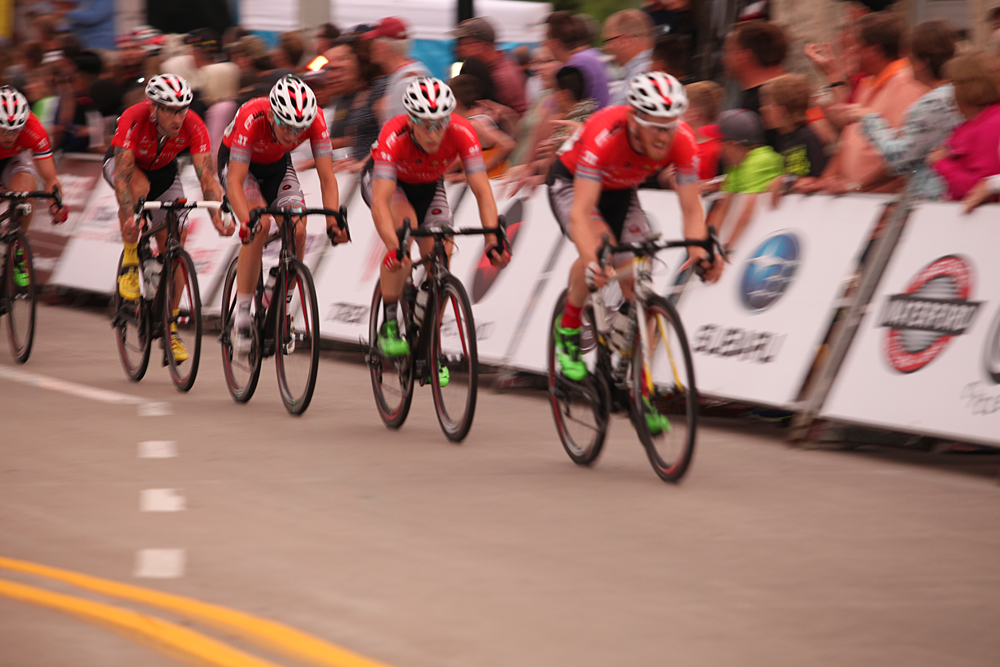
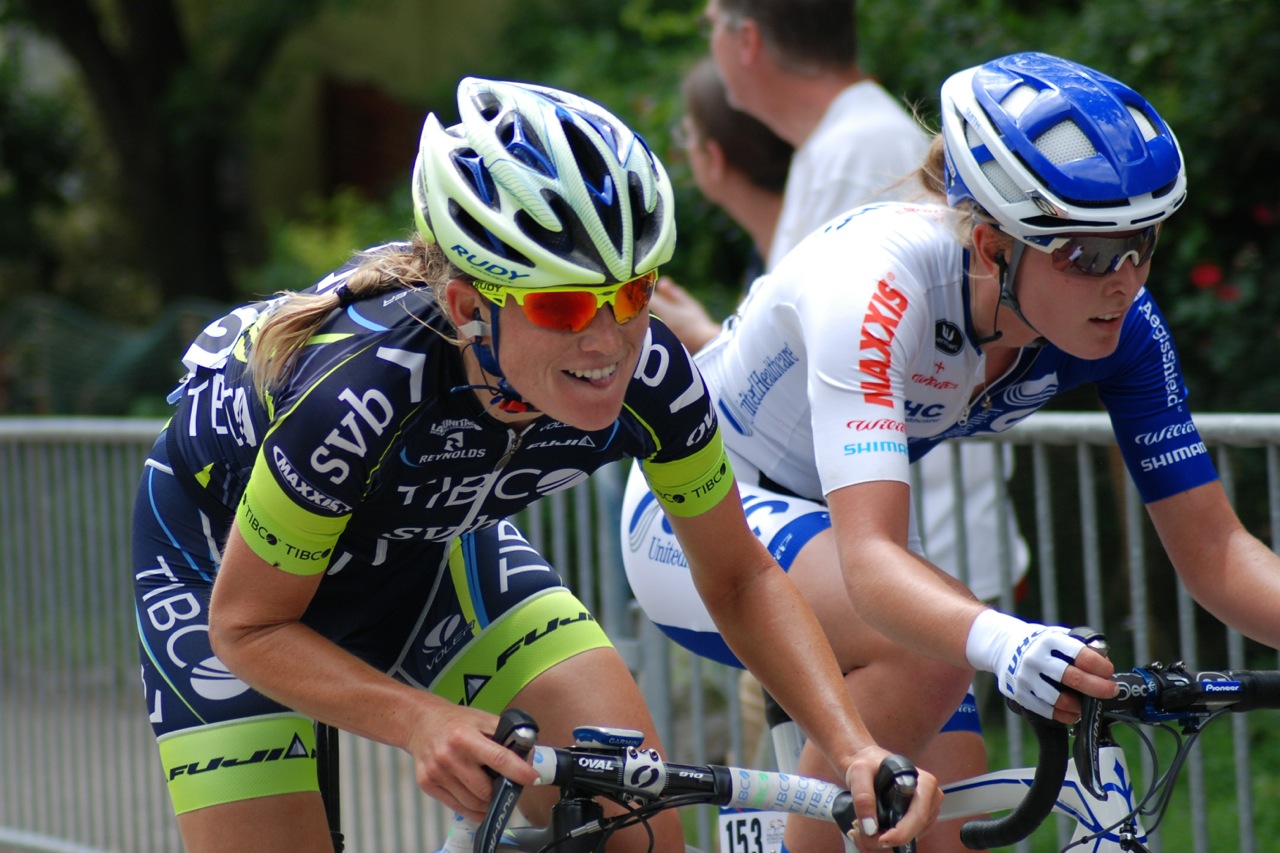
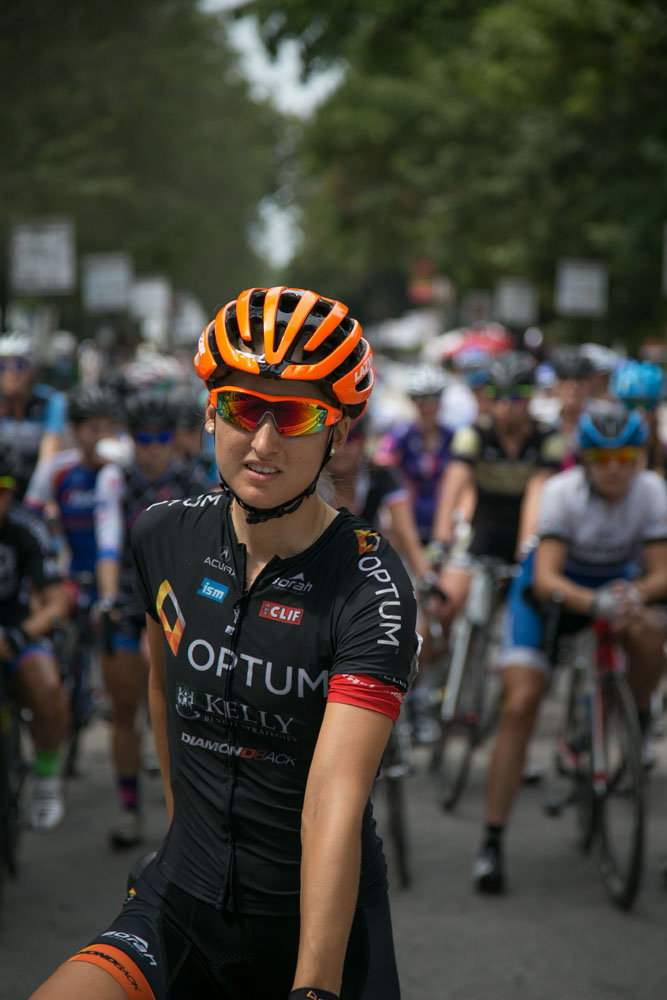
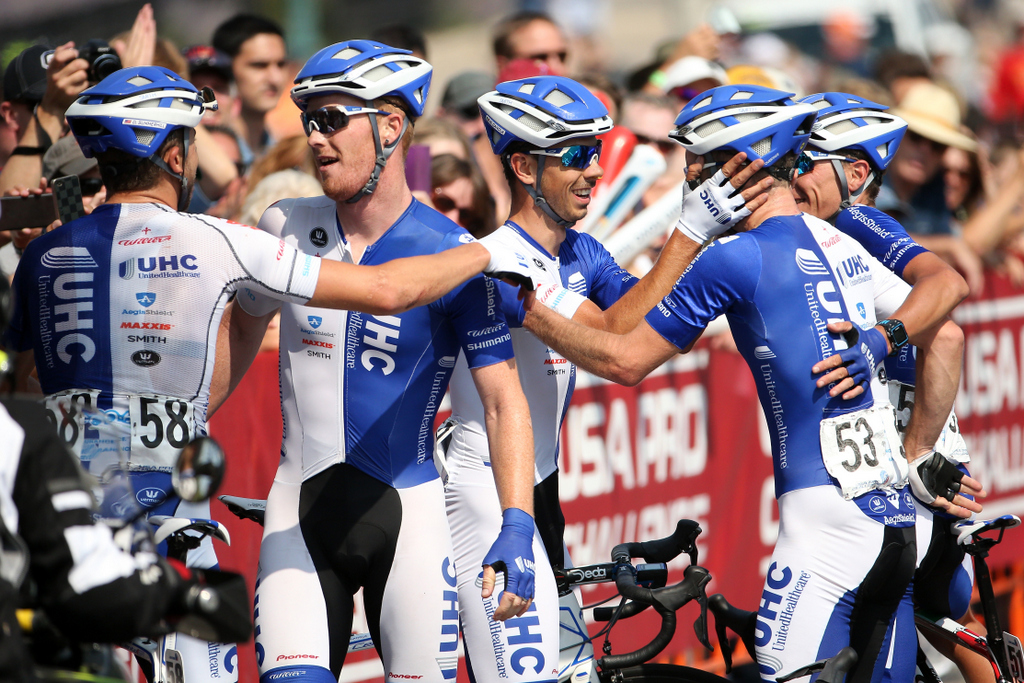
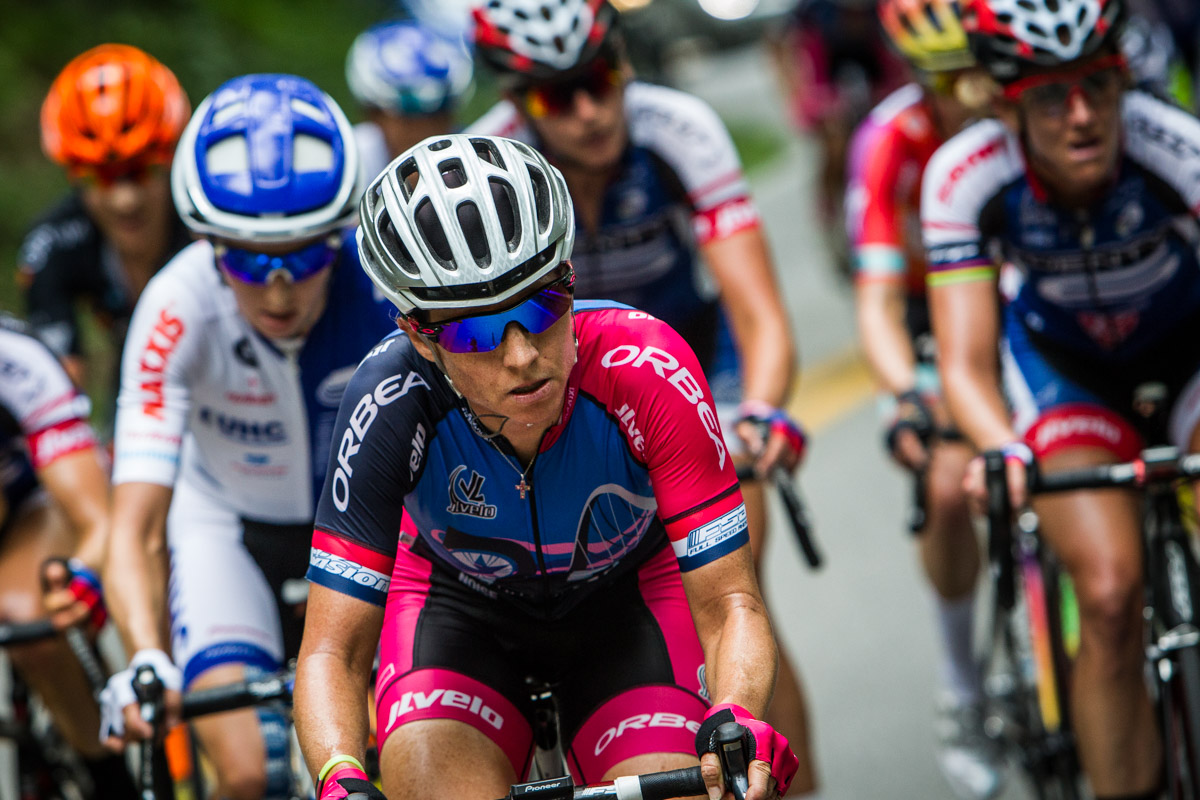
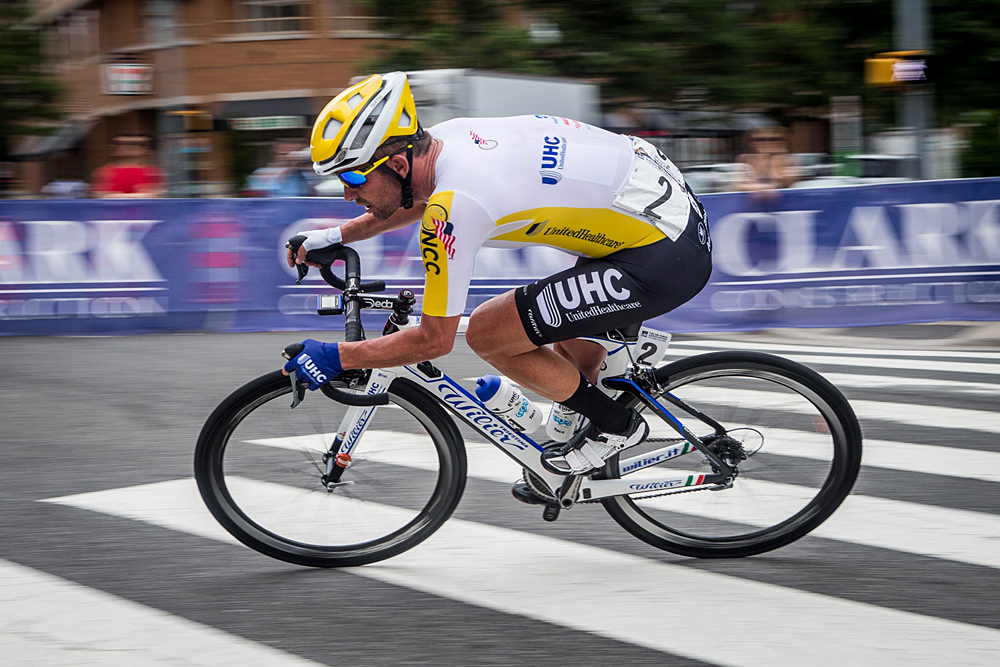

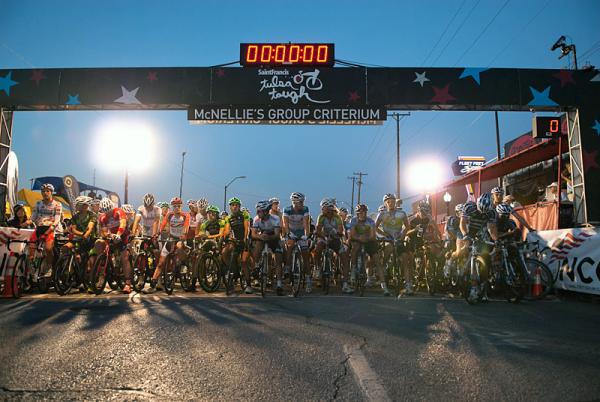

Several North American-based UCI teams and riders have expressed their opinions about USA Cycling's decision to merge the National Racing Calendar (NRC) and the National Criterium Calendar (NCC) into one US national calendar in 2016 – and the reactions were mixed.
USA Cycling has yet to announce the ranking system, which has sparked curiosity among the peloton. However, the sport governing body for the US has said the decision to merge the calendars was intended to create a more marketable and followable national series next year.
The merging of the two calendars was decided upon after USA Cycling was given feedback from race directors of US-based teams at the National Symposium in October. It will include 24 events that includes five stage races, two road races, and 17 criteriums and omnium events.
Michael Woods, rider at Optum Pro Cycling p/b Kelly Benefit Strategies:
“I think the merger of both the NRC and the NCC is a good thing. With a bigger calendar, the guys that are gunning for the title will have to put a greater focus on it, and this will help build rivalries, stories and more intrigue; something that I felt was missing from this year's season."
Andrew Frey, manager at Astellas Pro Cycling:
“In the last few years, in general, the national calendars; road and criterium, haven’t held much value, and most teams don’t focus on it because they are so focused on [Tour of California, Tour of Utah and USA Pro Challenge]. We’ve don’e them both over the last two years, with a split squad of 15 guys racing all the time. We are at all the national calendar events for road and criterium.
Get The Leadout Newsletter
The latest race content, interviews, features, reviews and expert buying guides, direct to your inbox!
“I’m kind of excited that they are being combined for next year because hopefully some more teams will do the criteriums as well. We were second last year, and teams didn’t really show up, hopefully next year more teams will look at the calendar and go to the races to up the level of competition between the two, and increase the value of criteriums that used to be there 10 years ago.
“Combining the calendar might lead to fewer race days for our team, overall, because there are not as many events as there were when they were split.
“The budget is tight but we do them all, but up until this point we haven’t been doing the bigger stage races like Tour of California, and that saves us a lot of money because we don’t have to pay fees to get into those. We also don’t pay for training camps, we put that money towards doing races instead. We also have low managerial overhead. If we are committed to 15 riders, that means we are committed to 15 riders racing and not just sitting at home. When we look at our budget, we put it toward doing the complete series.”
Jonas Carney, director at Optum Pro Cycling p/b Kelly Benefit Strategies:
“It’s a nice idea to combine the NRC and NCC calendar if it helps North American race organizers to collaborate. However, at the moment the calendar is too big. It features 17 criterium events, and many of them conflict with road events. It will be impossible to contest the series without a separate criterium team, and that is something that no Continental team can afford. For there to be any value in a national calendar, it must work for the Continental teams. As it stands, the overall will be determined before the series starts. If that happens, the Continental teams will disregard the calendar and the series won’t mean anything.
“We want a calendar that creates a fair competition and benefits all of the teams and race organizers. An ideal schedule would include four to five stage races, two to three one-day road races, and six to eight criteriums that do not conflict with each other or major UCI events in North America.
“With the current calendar, the only way to have a competition is to drastically reduce the points for criteriums because there are so many of them. Should a 60-minute criterium have four times the points of the Gila Monster road race?
"Personally, I think they should scrap the points system, or keep the criteriums and road races separate, until they put together something reasonable.”
Alex Kim, manager at Visit Dallas-DNA Pro Cycling Team:
“We are excited about the NRC and NCC merger. Visit Dallas-DNA has put together a well-rounded squad, we're not focused on being a "crit team" or a "stage race team". With the smaller number of US women's UCI and domestic elite teams, I think this will bring good competition - with the mix of races, there will be opportunities for even the smaller specialist teams to shine.
“I think there will be some complaints about the number of crit races listed, but it's difficult to comment on this until we see the points schedule... Also, it's not necessarily a bad thing to highlight this popular, American style of racing domestically.
“I'm positive about next year's series, looking forward to seeing the women's teams battling it out in crits one week and then stage races the next week.”
Mike Tamayo, manager at UnitedHealthcare Pro Cycling:
“It's sort of a non-issue for us as a team. We are focused on good quality events and races. Not just the fact that they are part of a specific series. For the men’s and women’s team, we would like to see more races in the US to continue to grow and develop into UCI-sanctioned events. We will support and continue to help with the growth of races that support the future of the sport into UCI events.”
Leah Kirchmann, Optum Pro Cycling p/b Kelly Benefit Strateiges:
"I think it is a good idea to merge the two series. The women’s NRC series ended very early this year (early June), adding the NCC races will help to fill out the calendar. I think it will also raise the level of competition in both series by drawing in more teams and riders to both NRC and NCC events. The two calendars were combined in 2011 (my first year pro), and I think it worked quite well that year. It can create some interesting battles between the GC riders and sprinters in the overall standings.
"The only drawback I see is that the merge may put a bit more financial pressure on teams to make it to all of the events."
Nicola Cranmer, manager at Twenty16 p/b Sho-Air:
“I'm indifferent to the combining of the NCC and the NRC. My team has not followed either series in many years. We select races that we enjoy attending.
“The NRC schedule has not always been geographically possible and puts a strain on budgets. I am aware that some of the smaller teams liked to follow the NCC series. It’s a good goal and a potential marketing tool for sponsorship.
Ryan Aitcheson, rider at Astellas Pro Cycling Team:
“All the major races are under one general grouping where you would expect the best riders, and all the major teams to make an appearance. Teams can put the same emphasis on all the races listed no matter if it is a crit or a stage race.
“Some teams priorities are only the stages races, which baffles me. Yes, you do get a ton of bragging rights if you win Redlands, but now you can have a complete season without having the NRC wrapped up in June.
“For the 2015 season, Astellas Pro Cycling ran two teams showing up to just about all of the national events. Logistically it takes a lot of work, which the management did an A+ job of, but in the end having the calendars separate or combined doesn't change the number of races.
“Separated, I think many teams didn't bother to click the NCC calendar page to see what they had available to them. Instead they ran out the NRC calendar and went straight to spending the rest of the budget on [Tour of California, Tour of Utah and USA Pro Challenge] events.
“The combination now means a lot more work for management and riders. Prioritizing certain races as a rider to plan your fitness peaks and training breaks.”
Ed Beamon, director at Tibco-SVB:
“I am honestly a bit less impressed [than the structure of the new Women’s WorldTour]. We have seen promoters in North America take a leadership role in putting women on center stage and it is most exciting to have the depth in UCI-sanctioned women's events here in America, but I really don't understand what the new NRC structure offers in terms of innovation, continuity or credibility.
“It seems to me that it was just an easy way to lump a bunch of unrelated events together and was done without much of a view regarding long-term development.
“How can a national series that includes 17 days of criteriums decide anything with respect to the depth and consistency of a national series champion. Add to that the multiple conflicts within the NRC as well as with other important international events and I am frankly left a bit confused as to what they are trying to accomplish.
“That said, we have some great UCI events in America now and that should really keep things exciting.”
Sebastian Alexandre, director at Jamis-Hagens Berman:
“There are too many races. It’s a problem because of money. If you look at how teams are now, they are struggling with money and a couple of teams folded, like SmartStop.
“We all need to try and make this [national] calendar work and to keep it continuing, but it doesn’t help the teams by having 24 events. Instead of creating excitement about a national calendar, it has gone the other way.
“I think they needed to create one calendar but a shorter calendar, 12 to 15 events. If it were kept simple, with no more than 15 events, than teams could afford to try to go for it. It doesn’t mean that all the teams will go for it, but at least it would be doable."
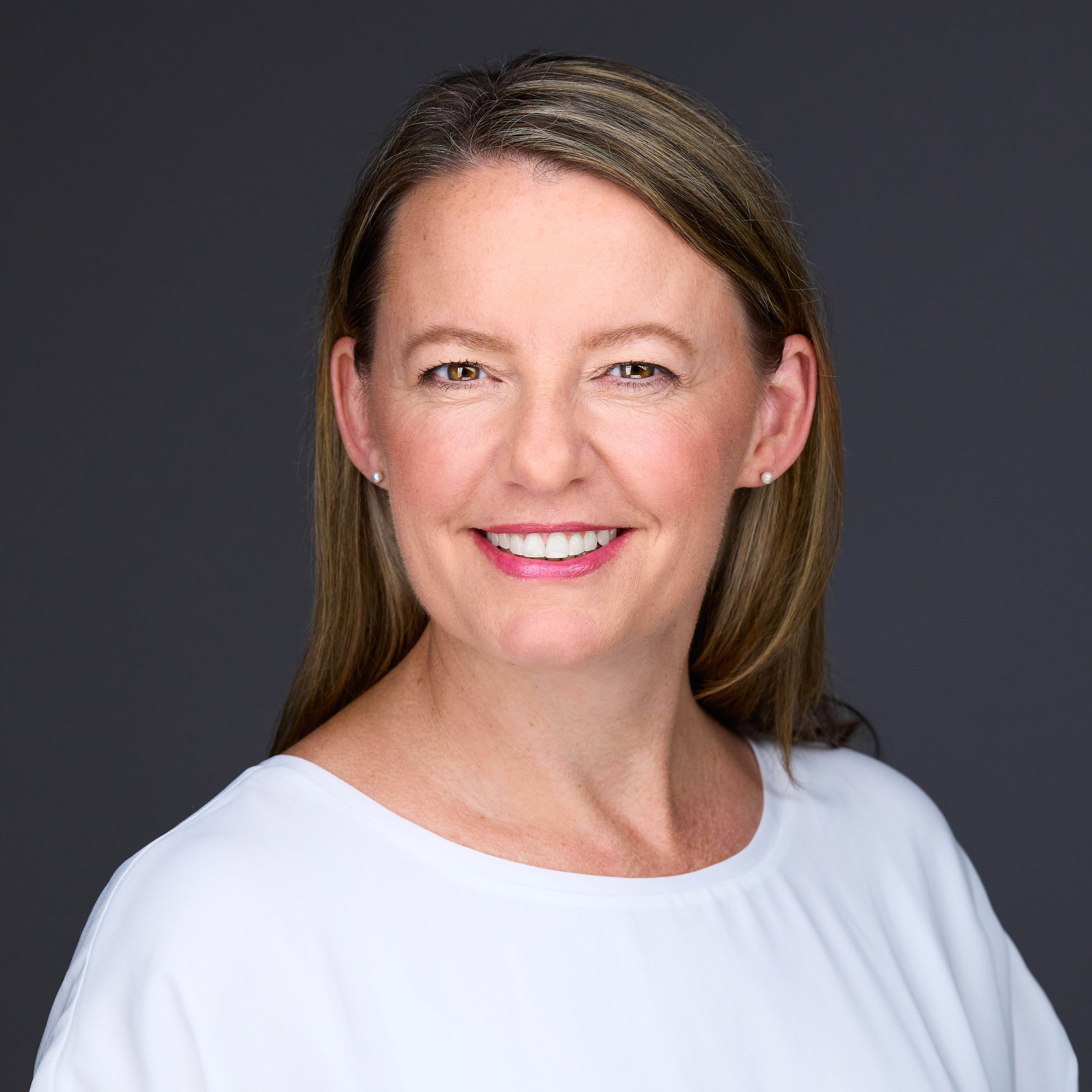
Kirsten Frattini is the Deputy Editor of Cyclingnews, overseeing the global racing content plan.
Kirsten has a background in Kinesiology and Health Science. She has been involved in cycling from the community and grassroots level to professional cycling's biggest races, reporting on the WorldTour, Spring Classics, Tours de France, World Championships and Olympic Games.
She began her sports journalism career with Cyclingnews as a North American Correspondent in 2006. In 2018, Kirsten became Women's Editor – overseeing the content strategy, race coverage and growth of women's professional cycling – before becoming Deputy Editor in 2023.